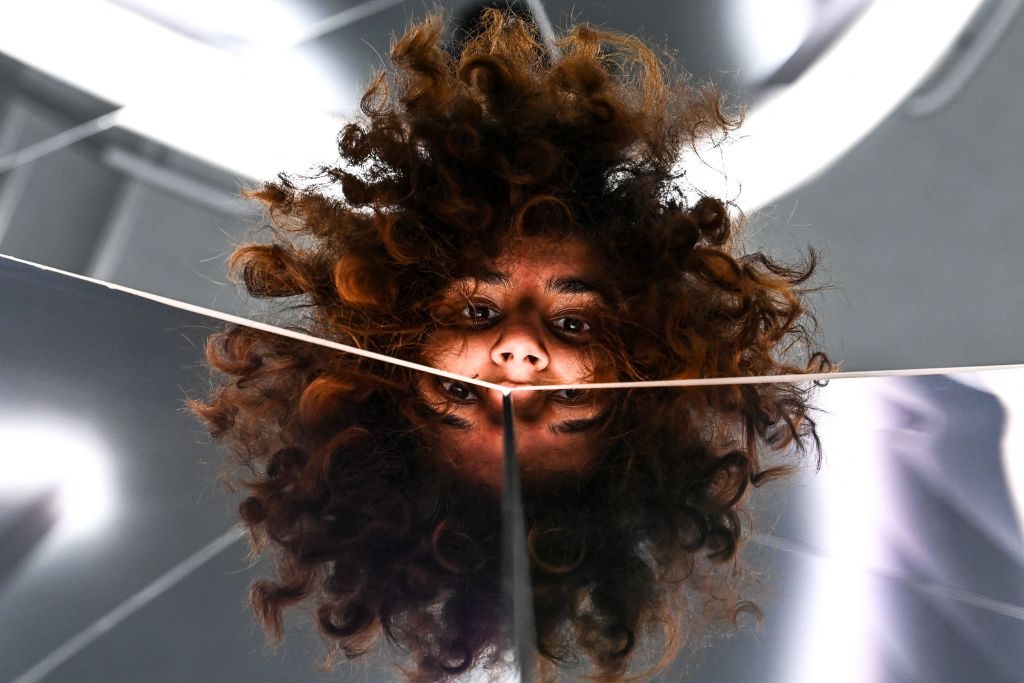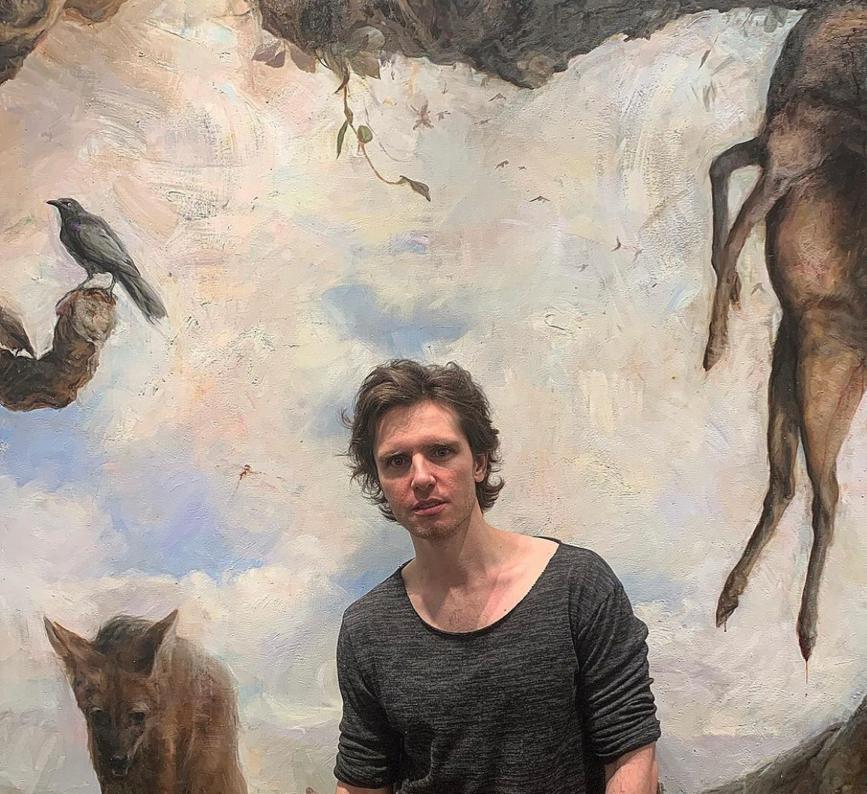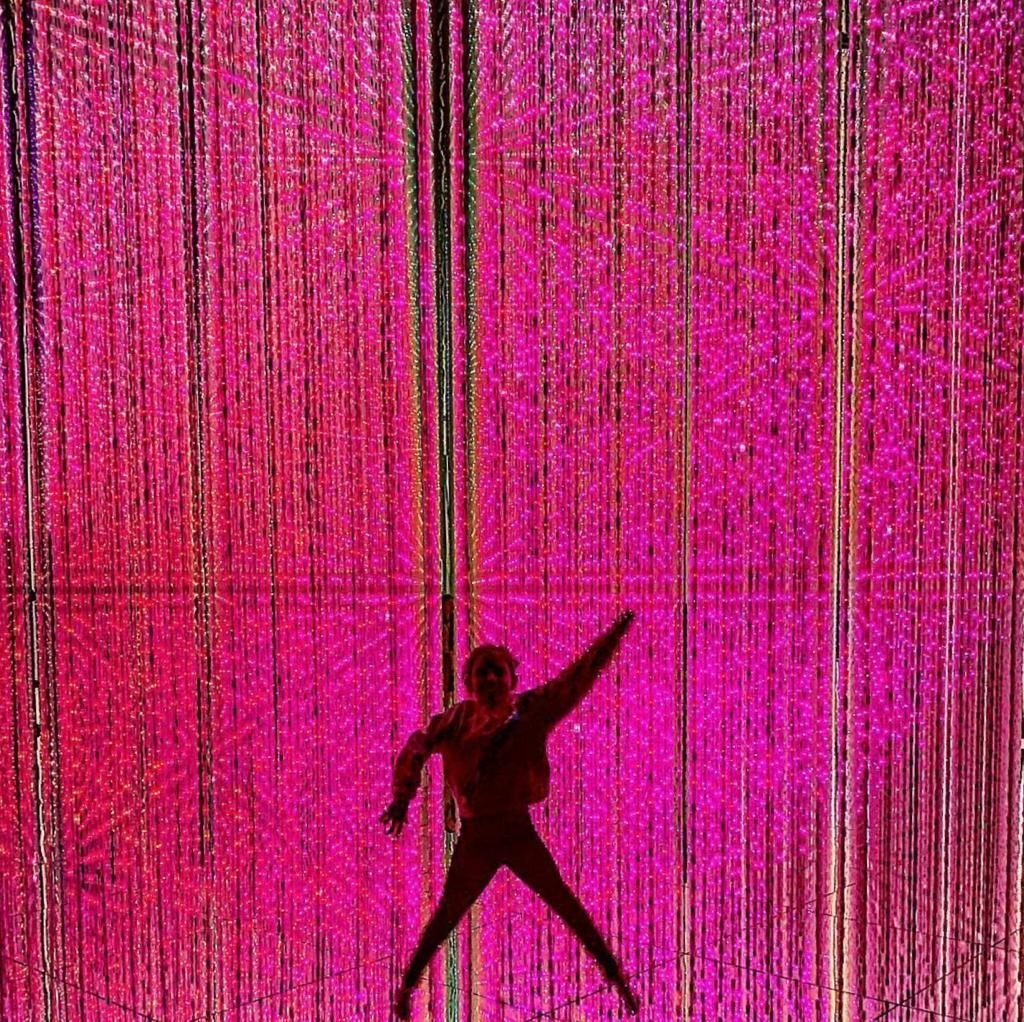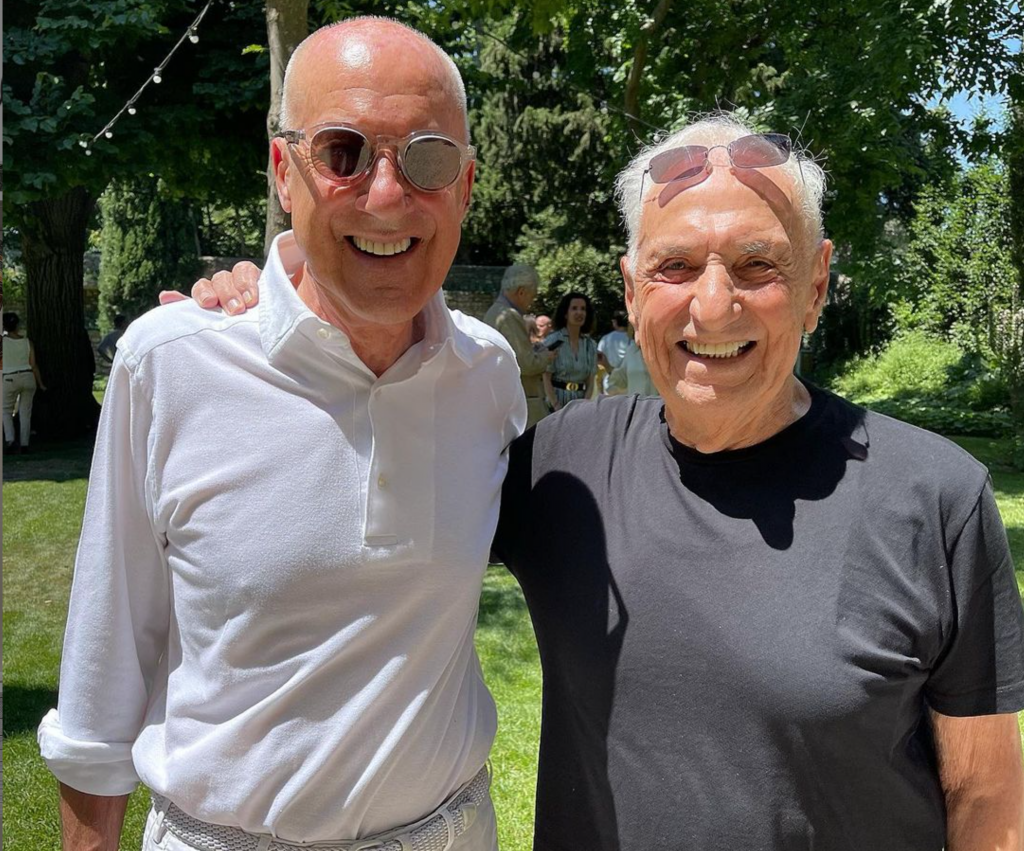The Hammer
Simon de Pury on What Museums Could Learn From For-Profit Immersive Experiences to Stay Relevant, and Financially Afloat, in the Future
This month, the auctioneer reflects on new museum models that have taken off during the pandemic.

This month, the auctioneer reflects on new museum models that have taken off during the pandemic.

Simon de Pury

Every month in The Hammer, art-industry veteran Simon de Pury lifts the curtain on his life as the ultimate art-world insider, his brushes with celebrity, and his invaluable insight into the inner workings of the art market.
This month the Moco Museum in Barcelona will open its doors.
Located only a stone’s throw away from the Picasso Museum, Moco founders Lionel and Kim Logchies-Prins are replicating a formula that has already worked well for them in Amsterdam. After a number of years of activity as art dealers and gallery owners, they decided in 2016 to open a museum, choosing an attractive old building located just a few steps away from the Van Gogh Museum.
The main focus of their programming was artists whose notoriety extends well beyond the art world; such as Jean-Michel Basquiat, Tracey Emin, Keith Haring, Damien Hirst, KAWS, Yayoi Kusama, OS GEMEOS, Andy Warhol, and more. It was an instant popular and financial success. The proceeds from ticket sales and merchandising to its 650,000 yearly visitors have entirely financed the operation. Although pandemic lockdowns forced the museum to close temporarily, it has since reopened and visitors are once again flocking to the Moco.
Kim and Lionel have many friends in the world of soccer, and it was Patrick Kluivert—the brilliant former forward of Ajax Amsterdam, FC Barcelona, and the Dutch national team—who found them the perfect spot for Moco Barcelona, a palace built around 1500 with large rooms and high ceilings. My involvement in all this is that Guillermo Lorca, a young Chilean artist whose first exhibition in Europe I curated at Asprey, caught Kim’s attention on Instagram. Kim and I subsequently connected, which led to two large galleries of Moco Barcelona being fully dedicated to this hugely talented Latin American art star.

Guillermo Lorca. Photo by Simon de Pury.
I am prepared to bet that Moco Barcelona will have the same popular appeal and profitability as that of Moco Amsterdam. The founders have already been approached to open Mocos in various other cities around the world. In their attendance statistics, the percentage of young visitors—most of whom have never been to a museum before—is very high. They are very open to artists who have risen to prominence thanks to NFTs, such as Beeple, and to creators of experiential art, like those being promoted by Superblue Miami, such as teamLab. Both creators will be represented in Barcelona. Kim and Lionel also understand the primacy of social media as a way of promoting their activities. For two days, before the new venue in Barcelona will open to the public, it will be accessible only to influencers, who will share their first impressions with the public at large.
This private and entrepreneurial way to operate a museum is not unlike what Fotografiska started in Stockholm in 2010. Brothers Jan and Per Broman, with the help of Tommy Rönngren, transformed a large old building overlooking the water into a buzzy center for contemporary photography.
When I visited it, I was amazed to see not only the large numbers of people there for its temporary exhibitions, but also to visit the premises that have allowed Fotografiska to become not only a cultural hub, but a favorite venue for weddings, birthday parties, as well as providing a fully equipped crèche and a nonstop program of lectures, symposia, and films. It was conceived as a for-profit operation which also rapidly proved to work. Fotografiska subsequently opened in New York and in Tallinn. Another one is expected to open soon in Berlin and two more are planned for Shanghai and Miami. Fotografiska merged with NeueHouse earlier this year. As their name indicates, the venues are devoted entirely to photography, which is both an advantage—since specialization tends to help you to excel in any given area—but at the same time a limitation, as their programming excludes many other aspects of contemporary culture.

Simon de Pury’s youngest daughter enjoying the “Borderless” teamLab experience in Tokyo in 2019. Photo: Simon de Pury.
Yayoi Kusama’s infinity rooms have proven to be the ultimate settings for the selfie-hungry generation. Wherever they are installed, endless streams of visitors are prepared to stand in line for several hours in order to experience them. Kusama can be viewed, among her many other accomplishments, to be the mother of experiential art.
But teamLab, the Japanese collective of artists and tech programmers, have taken experiential art to a new level. In Tokyo alone, two of their large installations attracted such large numbers of paying visitors that the initial production costs were recouped in a matter of weeks, instead of the years that were initially forecast. Following its successful Miami launch, Superblue—with support from Laurene Powell Jobs, the widow of Apple founder Steve Jobs; Pace Gallery; and the Therme Art Group, on whose board I serve—is planning to open Superblues around the world. They will have a pop-up opening in London this month featuring an installation by Studio Swine. They have effectively created a new business model where artists are being financed to create experiences that will be enjoyed by paying visitors around the world.
Finally I would like to mention what is doubtlessly the most exciting cultural project that has opened its doors during Covid: the Luma Foundation in Arles, France. It was created by Maja Hoffman, who is possibly the greatest living cultural philanthropist globally. Over the years she has supported innumerable institutions, such as the Kunsthalle Zürich, the Emmanuel Hoffman Foundation in Basel, the Vincent Van Gogh Foundation in Arles, Les Rencontres d’Arles, Elevation 1049 in Gstaad, and the New Museum, Robert Wilson’s Watermill Center, and the Swiss Institute in New York, among many more.
Architects Frank Gehry and Annabelle Selldorf have built a stunning framework for Hoffman’s vision of a cultural laboratory, a constantly evolving work in progress where artists and scientists come together to address some of the vast issues we face as humanity. Arles, the charming city that flourished in Roman times and attracted the likes of Gauguin, Van Gogh, and Picasso, is once more a magnet for contemporary artists and is an absolute must for anyone interested in art and culture.

Norman Foster and Frank Gehry at the opening of Luma Arles. Photo: Simon de Pury.
The Luma Foundation is far more ambitious than the other new cultural projects discussed above. But while Moco, Fotografiska, and Superblue are clearly oriented toward profit, Luma could never have happened without the generosity of its founder, and is not likely to recoup the substantial financial investment it took to create it anytime soon.
At a time when the roles of museums and cultural institutions have been challenged and questioned, it is interesting to observe the different approaches currently being deployed in this sector.
Hans Ulrich Obrist always asks the artists he interviews what their biggest unfulfilled dream is. Mine would be to create a for-profit cultural center, both physical and digital, that would incorporate contemporary art galleries, design galleries, an auction house, a lecture hall, restaurants, bars made by artists, a concert venue, an art library, fashion boutiques, a recording studio, an experiential art facility, and the ultimate nightclub. The place would be open 24/7, buzzing with excitement and be a venue of exchange for lovers of art, music, culture, and life! “Dream On” was the title of one of my favorite sitcoms on TV in the 1990s.
Simon de Pury is the former chairman and chief auctioneer of Phillips de Pury & Company and is a private dealer, art advisor, photographer, and DJ. Instagram: @simondepury